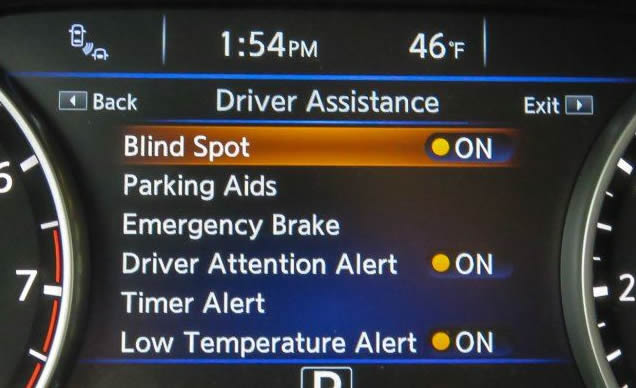The most popular options on passenger vehicles today are the “driver safety aids”. This relatively new technology includes things like backup cameras, blind spot monitoring, lane departure warning, lane keeping, and collision mitigation and emergency braking. Since 2016, these safety aids have been available from nearly every manufacturer in nearly every type of vehicle. But are these “driver aids” really keeping us safer, or are they just encouraging us to be worse drivers?
While features like blind spot monitoring and automatic emergency braking have been proven to prevent accidents, they may also be encourating people to be less attentive to their driving, according to a report from Automotive News. If a vehicle is equipped with a blind spot monitor, the driver is more likley to rely on that technology than simply looking over their shoulder. Or, better yet, learning to set their mirrors properly, so they don’t have blind spots in the first place. This is especially true for younger drivers who may have never driven a car that lacked these features. A driver who relies entirely on their blind spot monitors may not look before changing lanes at all, causing a crash if another car is already there.
As auto manufacturers realize just how much people take their driver aid systems for granted, some are dialing back their capabilities. Tesla now requires much more driver interaction for its Autopilot than it used to, in response to two fatalities of inattentive drivers using that system. Tesla is even considering renaming the system, noting that the term “autopilot” may erroneously lead drivers to believe the system is fully autonomous and does not require their input and attention.
There is nothing wrong with using these safety systems as a backup, but they are NOT a substitute for fundamental driving skills and paying attention. While cool and impressive, these technologies are still very new and have numerous limitation. Things as simple as dirt, snow, fog, sun and even clouds can foil these systems, rendering them ineffective. Despite what you may read in the media, we are still a LONG way from having fully autonomous vehicles. Until then, keep your eyes on the road and your hands on the wheel.

